What exactly is “fast?”
Supreme Court Justice Potter Stewart’s definition of obscenity was “I know it when I see it.” And honestly, where speed is concerned, that kind of subjectivity is a good measuring stick. Today’s buyer can choose from dozens of bikes with obscene horsepower and torque; it’s a golden age, man. But while the speed of any given bike is measured in numbers, only you can feel what’s “fast” or what’s not.
From the helm of a Honda Gold Wing, 100 mph feels like nothing. On a KTM 390, that feels like a Bonneville run. A Kawasaki Ninja H2R looks faster parked in front of a PTA meeting than a BMW K1600 does at 120 mph. Every objective measurement has its subjective complement.
Anyway, fast is always good. Even if you don’t bounce needles off rev limiters, you want that potential at your right hand. Fast motorcycles beget fast riders, with all the attendant bragging rights, assumptions and extrapolations that go along with it. Ultimately, whether it’s the rider or the ride, speed is speed.
It’s a subject we love covering, so check out our past lists, including the original Fastest Production Motorcycles article. Got a street bike we overlooked? That’s what comment sections are for. Please explain our mistakes and faulty thinking.
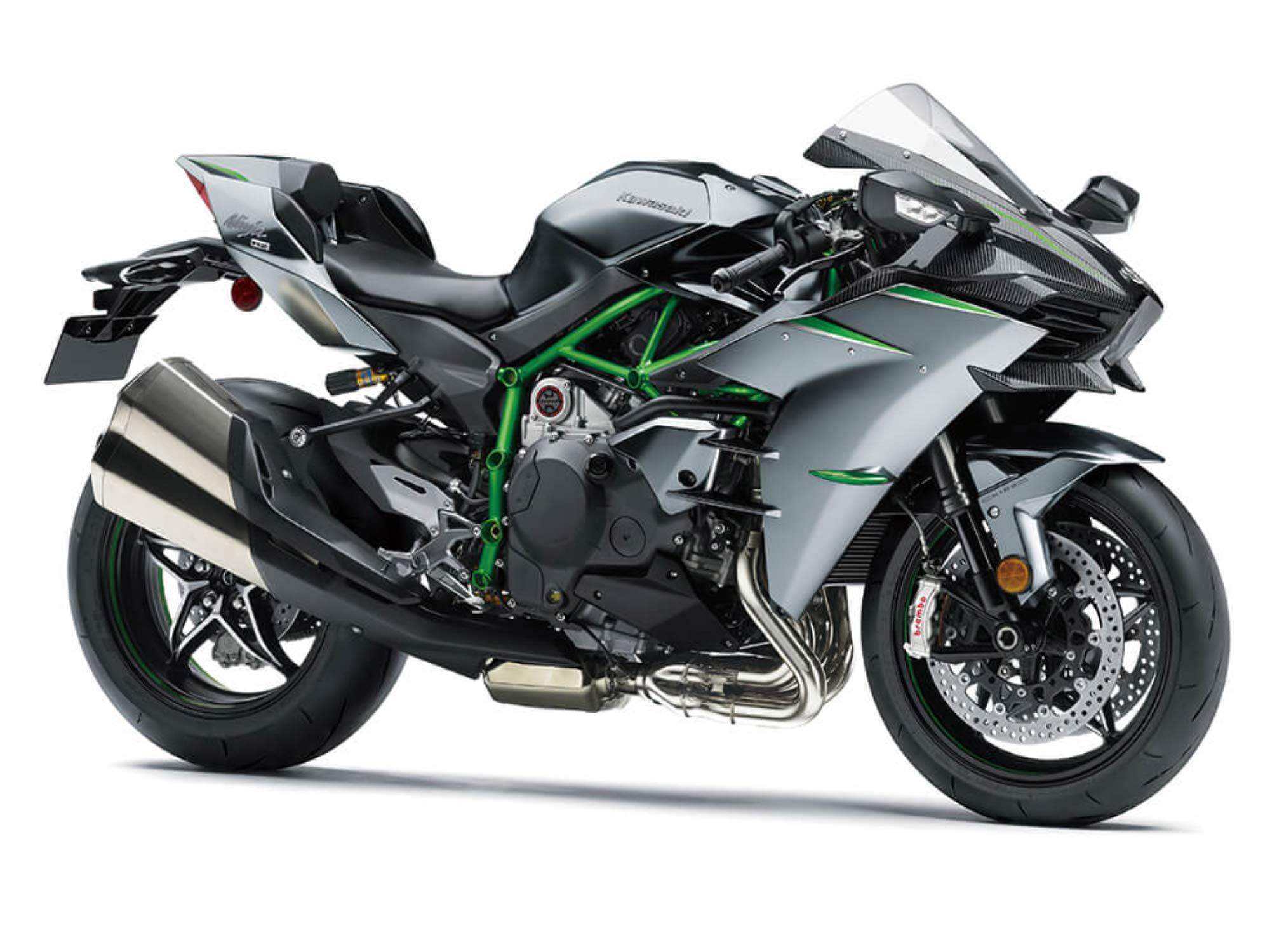
KAWASAKI NINJA H2 CARBON
At a claimed 228 hp with 104.9 lb-ft of torque at 11,000 rpm, the Kawasaki Ninja H2 Carbon is among the fastest production motorcycles, again. For what seems like the 20th year in a row (it’s been seven), the H2 slays common sense and wisdom in favor of top speed and mind-altering performance stats. 0-60 mph in 2.91 seconds seems a bit slow, though there are whispers of 2.6 seconds floating around the interwebs. As its name implies, the H2 Carbon features carbon bodywork and fairings to save weight. And at some point, rider aid programming (hello, Kawasaki Launch Control Mode), gearing, tires and rider matter more than the machine itself. Top speed is said to be 186 mph, though its trip there is slightly held back due to a curb weight of 524.8 lbs.
Power to Weight ratio: .43 hp/lb
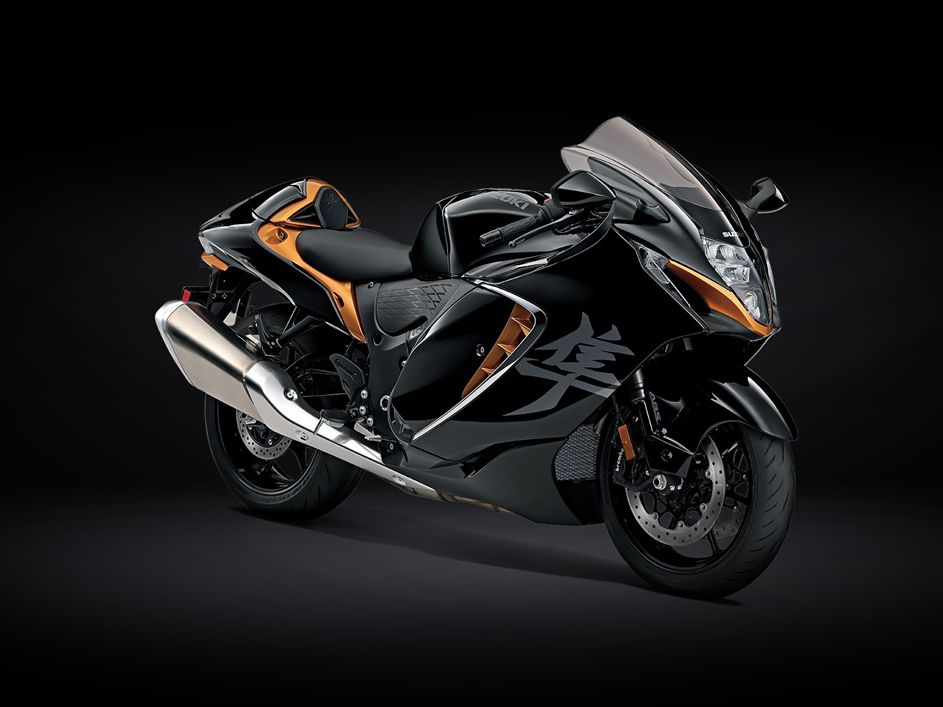
SUZUKI HAYABUSA
It’s been awhile since Ben Roethlisberger turned the Hayabusa into a household name. But as the ‘Busa nears its 23rd birthday, let’s reconsider its reputation as a threat to respectable riding youth. As a model, the ‘Busa is entering its prime earning years. And with the addition of a revamped electronic rider aid suites, such as the Suzuki Intelligent Ride Suite (S.I.R.S.) and the Bosch six-direction, three-axis Inertial Measurement Unit (IMU), one might think Suzuki’s gone soft. Overall, it’s gained 12 hp and 36 lbs since 1999, though to be fair, it lost 7 hp since the 2008 model. But 187 hp at 9,750 rpm pushing 582 lbs still puts it in the middle of any fastest bike conversation. If you’re just scanning for performance stats, here you go: The ‘Busa gets a claimed 0-60 mph time of 3.2 seconds and an electronically-limited top speed of 185 mph.
Power to Weight ratio: .32 hp/lb
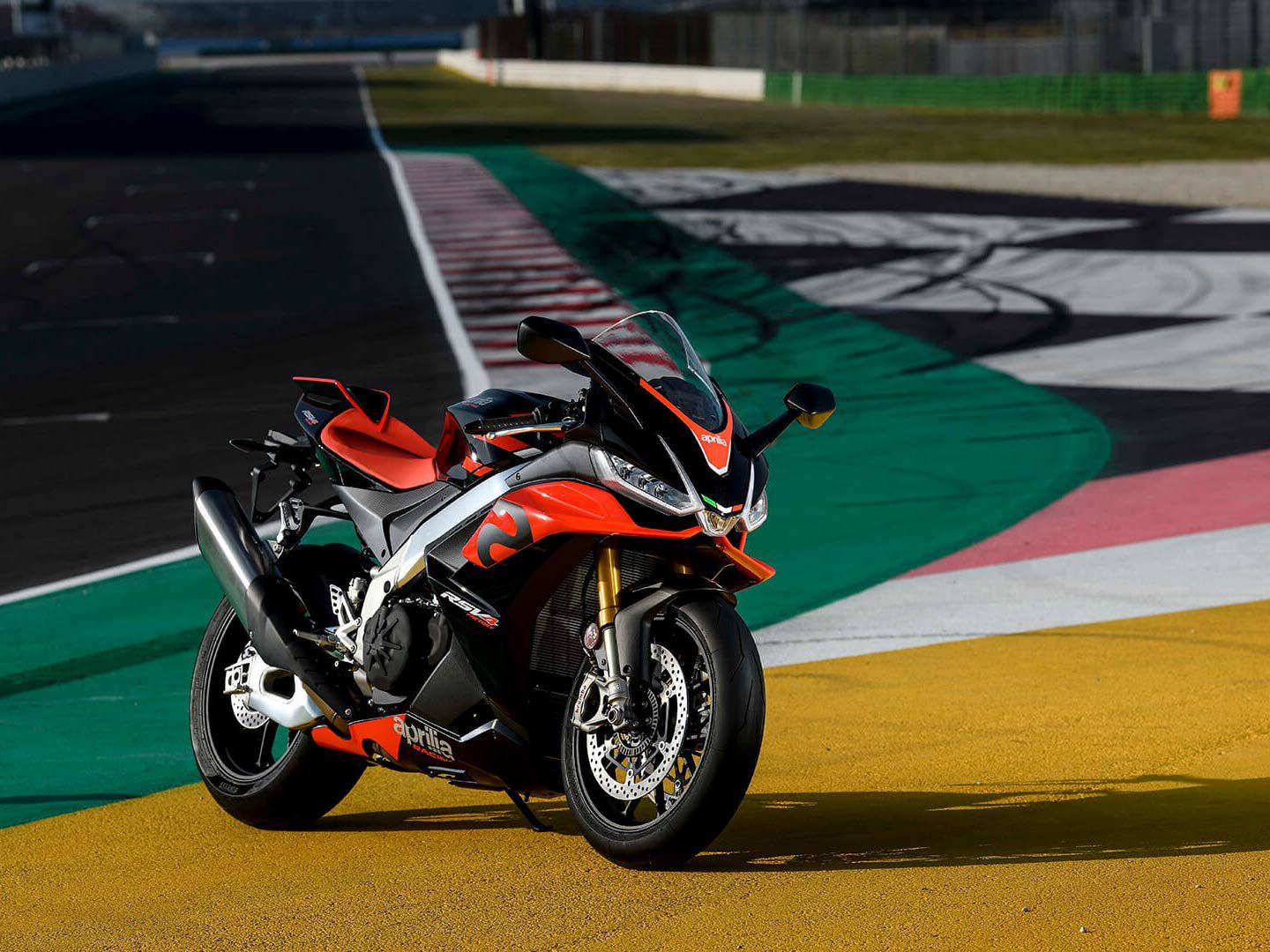
APRILIA RSV4 FACTORY
The only thing the RSV4 Factory doesn’t come with is a track on which to properly wring out said bike. But even just parked in your garage, the RSV4 helps complete fantasies of being Aprilia’s team test rider. The liquid cooled DOHC 65° V4 cylinder powerplant has grown from 1077cc to 1099, and now puts out a claimed 217 hp and 92 pound-feet at 10,500 rpm. Six riding modes (three road and three track) as well as an alphabet soup of riding aids like engine brake control (AEB), traction control (ATC), wheelie control (AWC) and launch control (ALC) will help keep things from pointing skyward. A 445-pound claimed curb weight is the difference here: there’s track days and then there’s track bikes; welcome to the latter. Reliable performance stats for the ‘22 RSV4 were unreliable, but a 0-60 mph time of 3.1 seconds paired with a 191-mph top speed is a fine guess.
Power to Weight ratio: .48 hp/lb
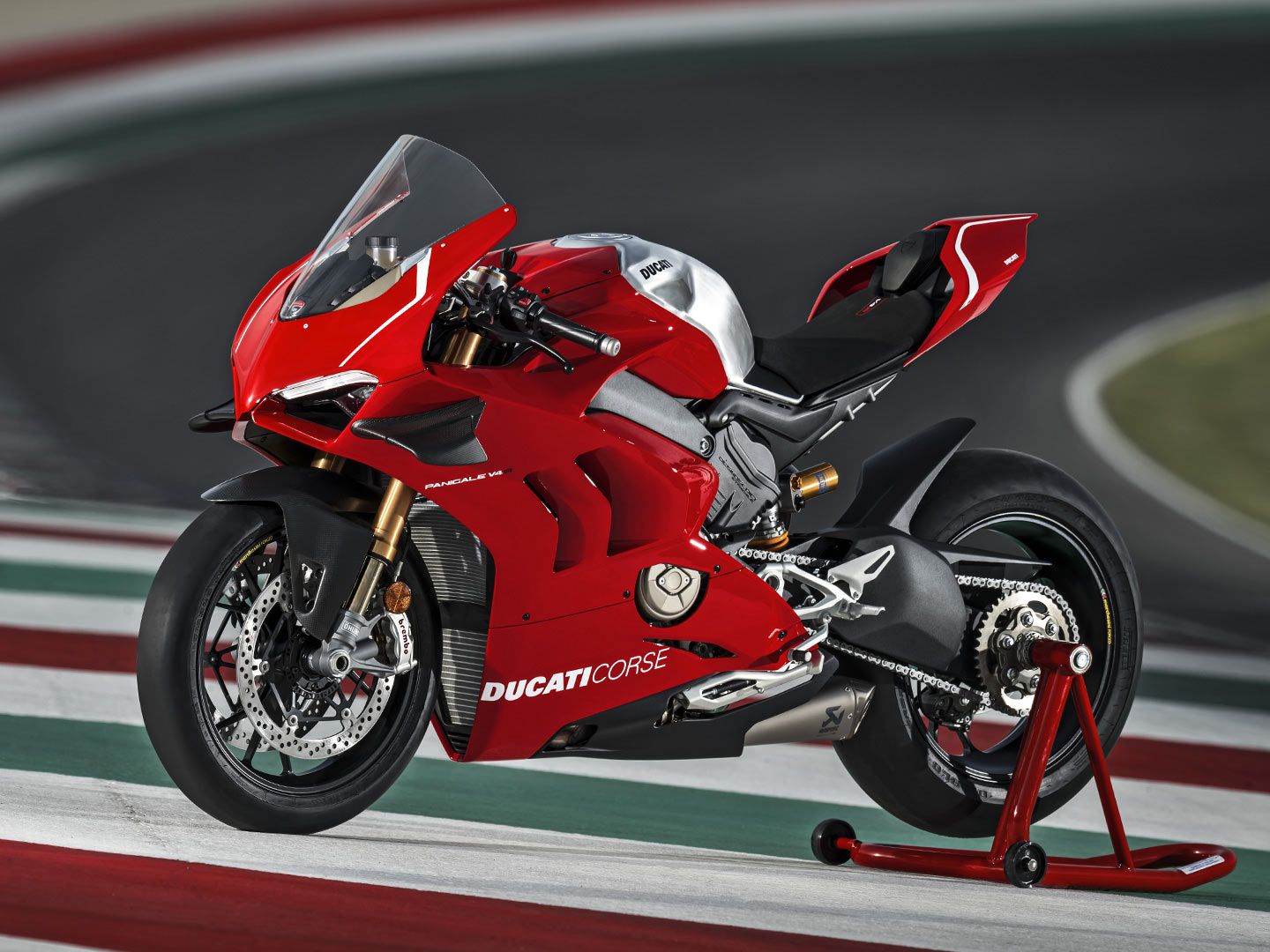
DUCATI PANIGALE V4 R
Constructed to homologate its V4 2019 World Superbike entrant, the Ducati Panigale V4 R is the fastest production motorcycle available for purchase and street use in the year of our Lord 2022. It gives up 105 cc from the standard V4 variants to comply with WSBK rules, settling for 998 cc. But even without a race-optional package delivering 231 hp, the 217 hp of the “standard” V4 R makes 217 hp. In a quirk of tuning, it reaches the exact same 83 ft-lb at 11,500 rpm torque figure as the race kit option does. It features fairing winglets that are almost identical to its MotoGP brethren. The Ducati 2015 MotoGP race bike frame didn’t ultimately carry over to the V4 R, though arguably the engine has direct lineage. This is critical, because racing. Speaking of racing, the 0-60 mph time is likely 3.0 seconds, with an electronically monitored top speed of 186 mph.
Power to Weight ratio: .51 hp/lb
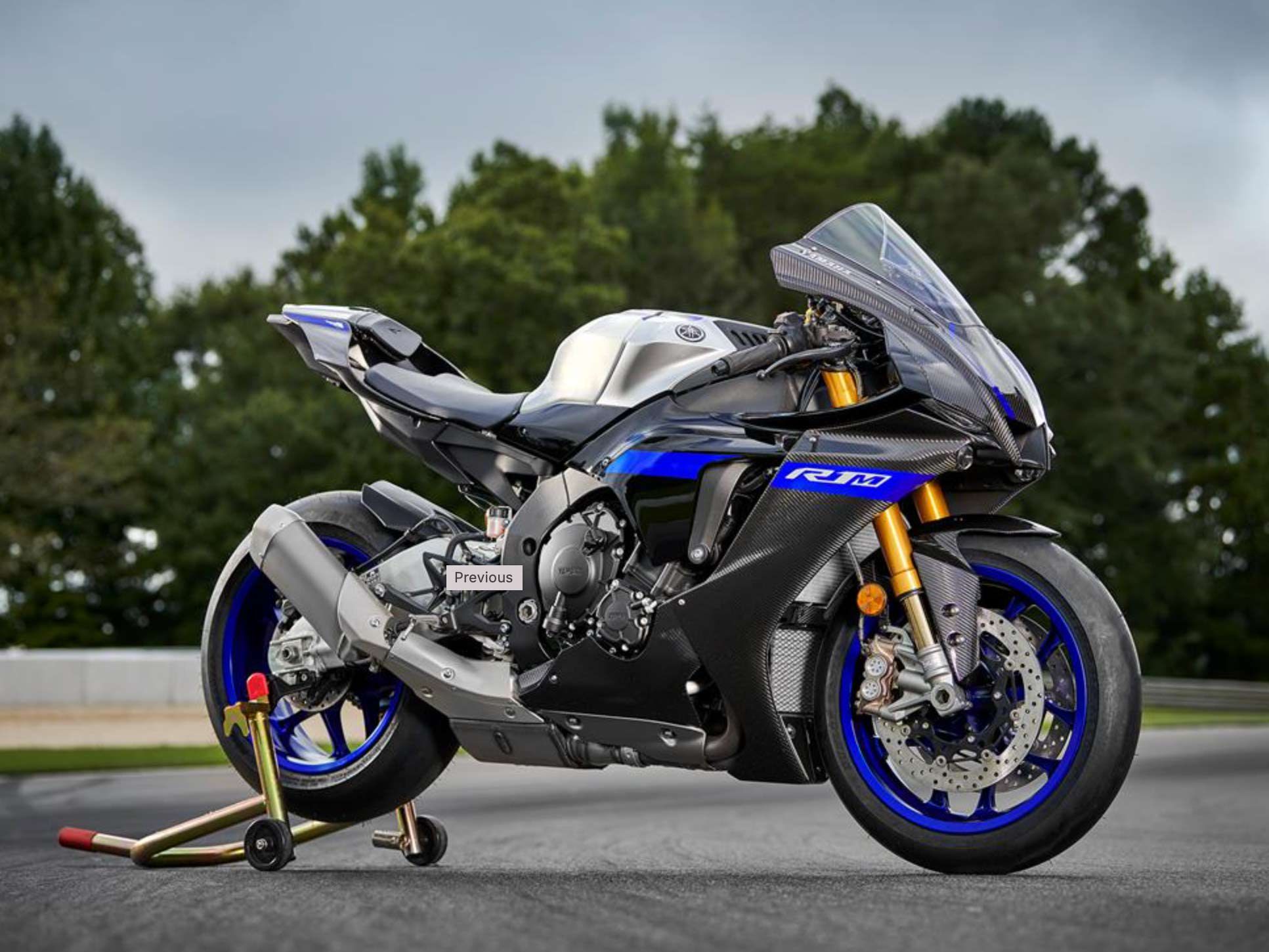
YAMAHA YZF-R1M
If it’s 2004, nothing comes closer to a real MotoGP bike than the 2022 Yamaha YZF-R1M. What bike did Valentino Rossi ride to championship glory in 2004, 2005 and 2008? The Yamaha YZF-M1. Derived from “Mission 1″, M1 is only a letter or two and a numeral different from R1M. Employing a “long-bang” firing order that allowed its engine to mimic the power characteristics of a V4. the YZF-M1 (and your YZF-R1) put power down in uneven pulses that helped maintain grip exiting corners. Anyway, the YZF-R1M is still one of the fastest motorcycles you can legally buy, own, and endanger your life with on public roads. Its 197 hp and 83.6 ft-lb of torque at 11,500 rpm are said to result in a 0-60 mph time of 3.1 seconds and a 186 mph top speed. Again, results will vary depending on rider and/or rider aid programming.
Power to Weight ratio: .43 hp/lb
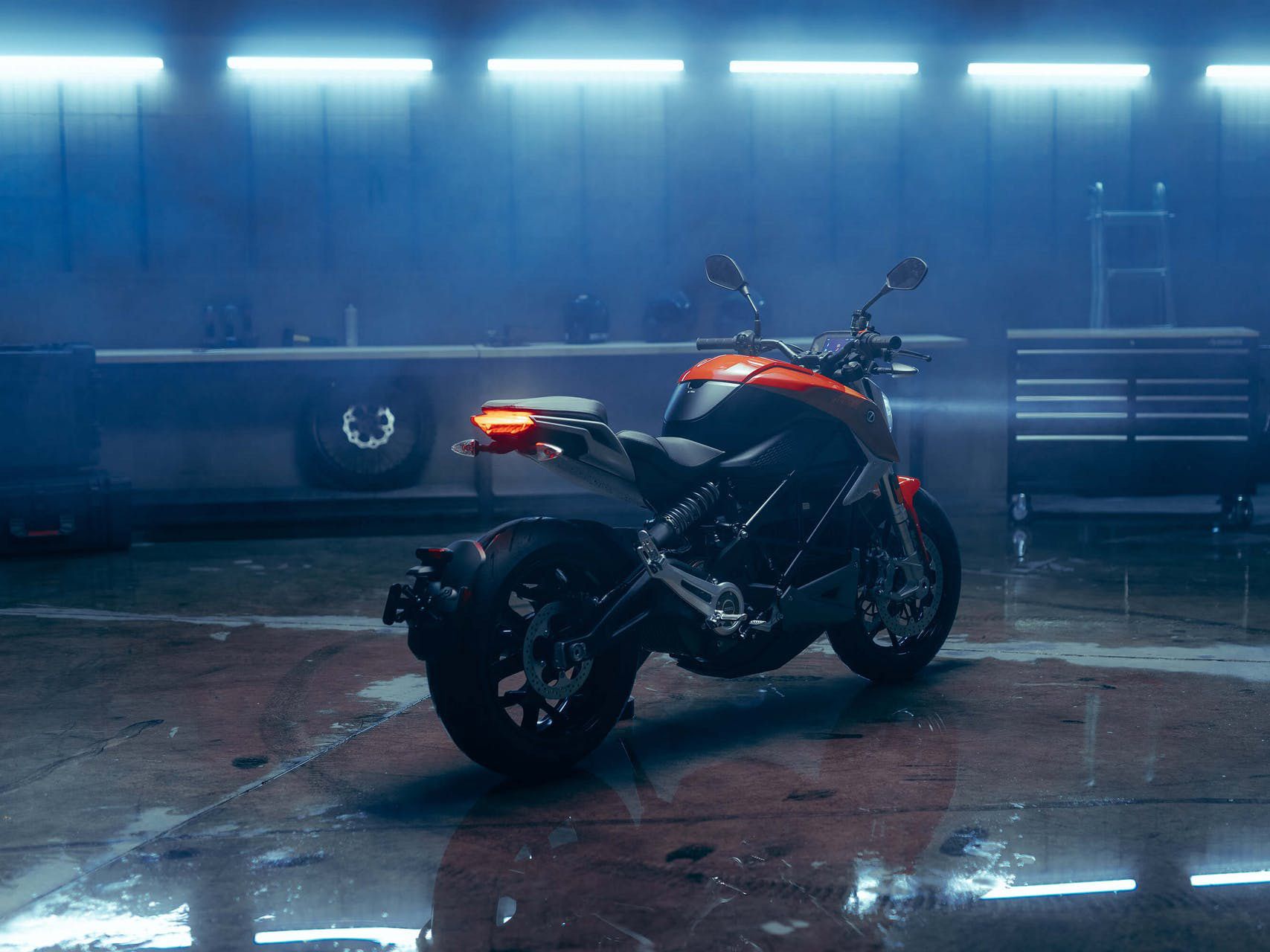
ZERO SR/F
Electric motorcycles won’t be graded on a curve much longer. And even if numbers like 110 hp (claimed) and 500 lbs (wet/dry/whichevs) don’t strike fear and/or admiration in riders, 140 lb-ft of torque will have anyone clutching their pearls. Zero has established respect and presence on the track, and their price point puts more electric motorcycles in the hands of more riders than any other marque. Want to talk fast? Let’s talk about the speed at which product moves off the sales room floor. What about the Zero SR/S? The nod goes to the SR/F, which is officially 18 lbs lighter. That’s worth a hp or two. In theory, it’s worth 3.96 hp more. Top speed is 124 mph, but more importantly, 0-60 mph happens in just 3.7 seconds in real world testing. And with the Premium package, a 95% charge happens in 60 minutes. Fast, indeed.
Power to Weight ratio: .22 hp/lb
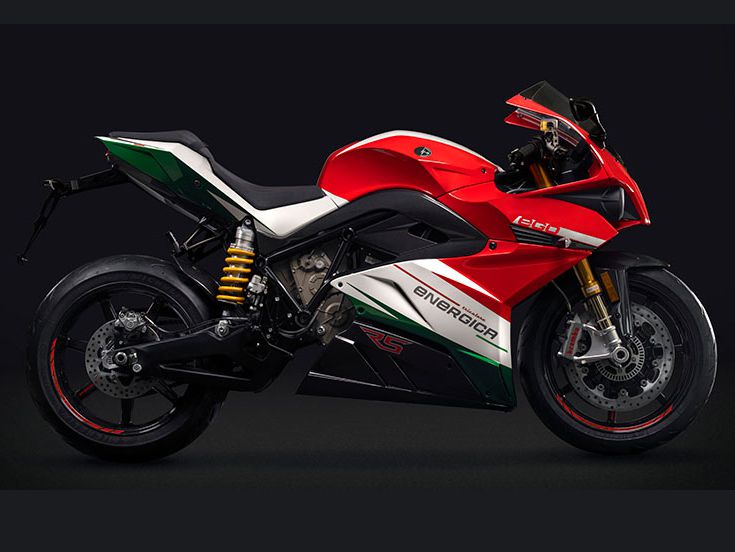
ENERGICA EGO+ RS
Every motorcycle manufacturer in the world, take note: Energica puts 0-60 mph times right below the hero image on the front freaking page of their site. And why not? A claimed 2.6 seconds to 60 mph puts their heart squarely on their muscle-bound sleeve. Every other marque leaves accurate-ish performance stats to dark, weird corners of the web. Not Energica. They know what buyers want: fat, gaudy performance numbers. God bless you, Energica. Anyway, the Energica Ego+ RS puts down a peak 171 hp (149 hp sustained) with a ferocious 159 ft-lb of torque in service of a 150 mph top speed (all numbers claimed). And, like Zero, they specialize in delivering actual bikes into actual buyer hands. Vaporware sold separately.
Power to Weight ratio: .29 hp/lb
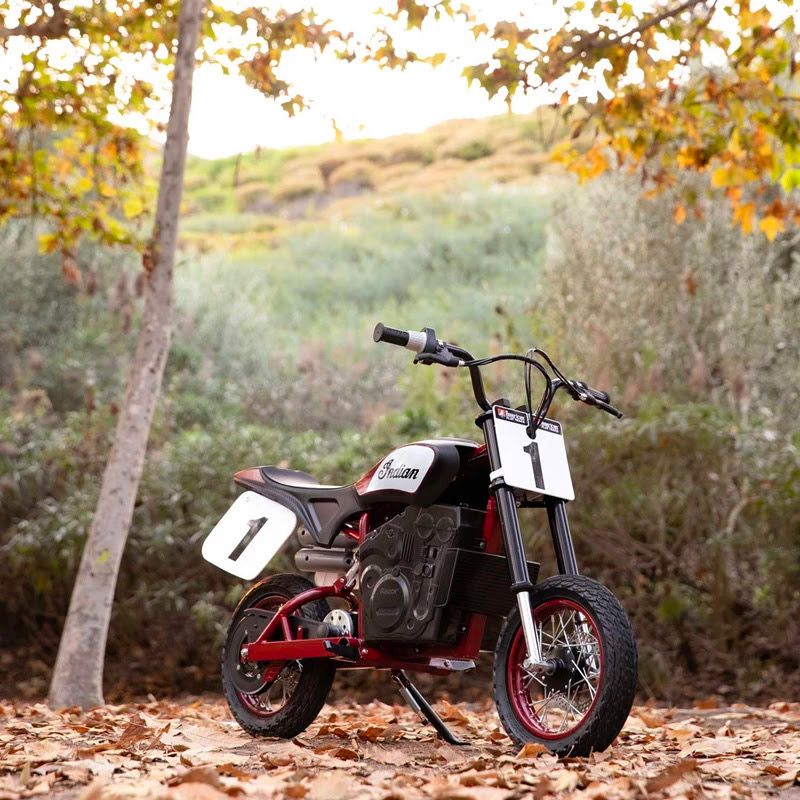
INDIAN eFTR JR
Fast riders aren’t born. They’re made. The difference between failed parenting and successful parenting could be as simple as buying the Indian eFTR Jr. for your budding racer. Unlike Harley-Davidson’s Brushless IRONe16 electric bike, which tops out at 13 mph (Advanced Green Mode), the eFTR Jr. is capable of 15 mph. That’s close to 15% faster. Childhood is filled with painful lessons, but short battery life doesn’t have to be one of them. With a claimed 140 minutes of use from a full charge, it blows away the IRONe16′s 30-60 minute use range. Plus, it looks like an FTR. The IRONe16 looks like a BMX bike. Want your kid to grow up and ride BMX bikes? Or a motorcycle? Choose wisely.
Power to Weight ratio: Unknown
Source: MotorCyclistOnline.com
